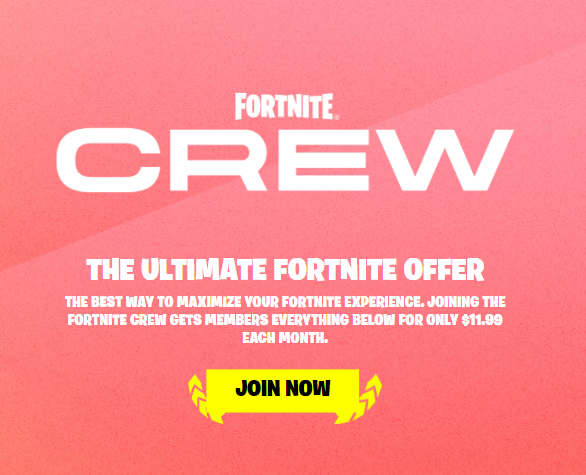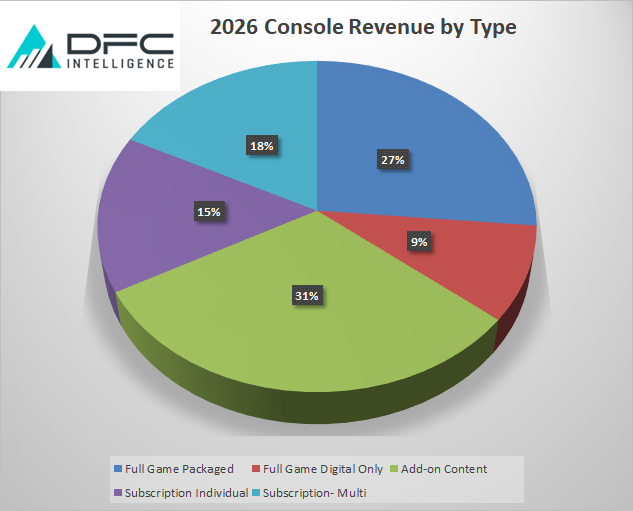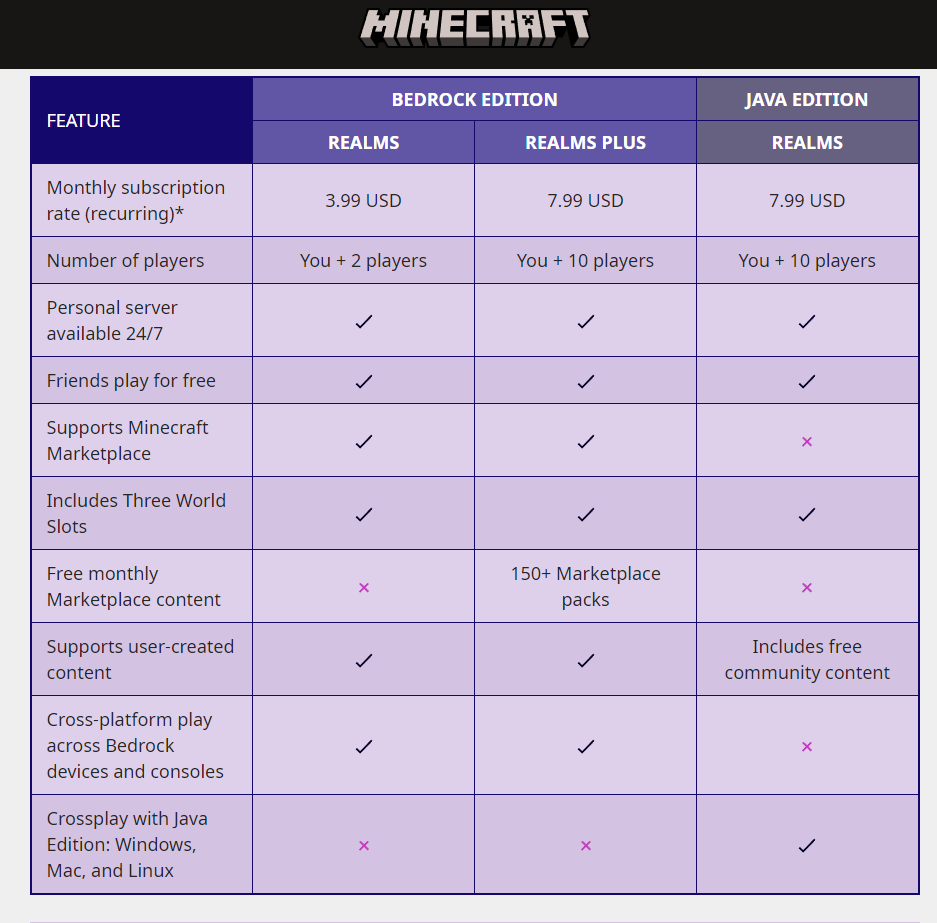After a protracted government approval process the Microsoft acquisition of Activision Blizzard looks like it should go through by the end of the year. This will place Microsoft in possession of some of the most most successful IP in the video game industry heading into 2024. However, while Activision content helps Xbox become more competitive with Sony, it does not give Microsoft a significant long-term advantage given evolving industry trends. Video games are heading towards a single game subscription model that will shake up the current distribution model. Microsoft and Sony’s push towards a multi-game subscription model is no longer looking like the future.
Game Subscription Services Have Been Around For Years
The idea of a game subscription service has been around almost as long as the video game industry. In the 1990s, companies like Time Warner and AT&T looked at games as content to drive the growth of home broadband. The 1994 Sega Channel was a $13 a month service that featured many games now found on Nintendo’s online service.
The problem with game subscription services is they don’t account for the unique nature of video games. Video game content is different. Unlike movies or TV shows, a popular game can be played over and over for months or even years. The average consumer does not play that many games so a multi-game subscription service is not as valuable as originally assumed.
Consumers Pay Big $$$ For Favorite Games
Consumers will pay a great deal for individual video games. This is where the concept of the single game subscription model comes into play. This is not new. MMOs (massively multiplayer online games) have been around for years. In 2004, Blizzard launched World of Warcraft as a game that required a subscription. The fact that as many as 10 million people were willing to pay $100 a year or more to play the game caught the industry’s attention. Of course, this led to Activision buying Blizzard in 2008 (at the time the largest video game merger).

Today there are many games that are able to charge a subscription. These include games in all genres. Roblox has subscription plans starting at $5 a month. Epic’s Fortnite has the Fortnite Crew subscription for $12 a month. Sports games from companies like Electronic Arts and Take-Two Interactive are able to build their own subscriber base. Of course, often these individual game subscriptions need to purchased via a third-party distributor. Distributors include not only Microsoft and Sony but Apple, Google and Valve’s Steam service.
Single-Game Subscriptions = The Metaverse
Single-game subscriptions are part of the larger move towards what some pundits refer to as the metaverse. The concept of the metaverse was a hot trend during 2022. While the buzz has died off in 2023 the concept remains. With video games, the metaverse is already here in the form of single games that are large enough to command their own subscription. This model competes directly with multi-game subscription services like Microsoft’s Game Pass or Sony’s PlayStation Plus.

World of Warcraft and other single game subscription products have an established history on the PC. However, this is a major growth area on console systems. In its latest forecasts DFC Intelligence estimates that single game subscription services on console systems will generate over $7 billion in 2026. Furthermore, many of these products will also be available on PC and mobile devices.
Microsoft Versus Sony is Not the Major Battle
Microsoft’s Game Pass multi-game subscription service is not that much better than Sony’s PlayStation Plus service. Microsoft has done a better job with marketing and positioning its service, but the main distinguishing feature has been Microsoft published exclusives which have been few and far between. Xbox hardware sales continue to lag well behind PlayStation sales.
With its acquisition of Activision Blizzard, Microsoft will leapfrog Sony in terms of proprietary content. However, the value of that content does not guarantee the success of Xbox hardware. Content is increasingly becoming hardware agnostic and the hardware manufacturers could find it difficult to charge developers a significant pipeline delivery fee. The days of an automatic 30% distribution cut could be coming to an end.
When it comes to future game content, Microsoft already has a leading piece with Minecraft which they acquired in 2014. Minecraft has all the potential to be a major metaverse product with its own sub-world and events. Like many Microsoft game acquisitions Minecraft has underperformed under a larger corporation. Nevertheless, it remains a product to watch.
Overall, the Microsoft purchase of Activision Blizzard will have a major impact on the video game industry. It should at least ensure Microsoft remains relevant for several years. It is also a further sign of the slow decline of Sony. However, as the metaverse continues to become a significant force in video games we are likely to look back in 2033 and laugh at the idea that the industry was concerned that a Microsoft Activision pairing would dominate the business.


